What is fabric weight?
Each of our fabrics is listed with the fabric weight specified under the “features” heading, for example: 5.95 ounces / square yard, 202 gsm. Ounces per square yard and grams per square meter (gsm) are two ways of saying the same thing, which is how much does the fabric weigh.
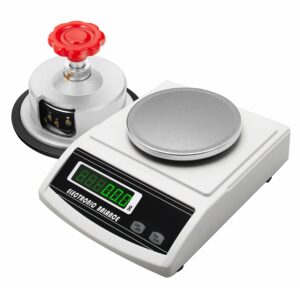
Ok, so we know the definition – why do I care? We get a lot of questions from customers who are not well versed in fabrics and sewing and are unfamiliar with how they would use that information. Luckily, it’s not that complicated, and once you understand it this information can be quite useful.
Fabric weight is exactly what it says – how much does it weigh, standardized across a specific size (1 yard by 1 yard or 1 meter by 1 meter). You’ll see both measurements, ounces/ sq yard and grams / square meter because the US had to be different from the rest of the world and not use the metric system 🙂
Most purchasers of fabric want to know the answer to “will this work for my application”. Perhaps you are fixing a bar stool or maybe you are making a Spider-Man costume that needs to be form-fitting. The weight of the fabric can help you understand if a fabric you find online will be suitable. Let’s dig into each of these examples, the Spider-Man costume and upholstering a bar stool to understand how fabric weight will guide us in purchasing the right material.
Upholstering a bar stool
If you are upholstering a bar stool for a pub or a bar then you need a material that is going to stand up to 8 hours or more of butts sliding on and off that material 5-7 days a week. You need a material that is both thicker and denser than fabrics that you would use for fashion.
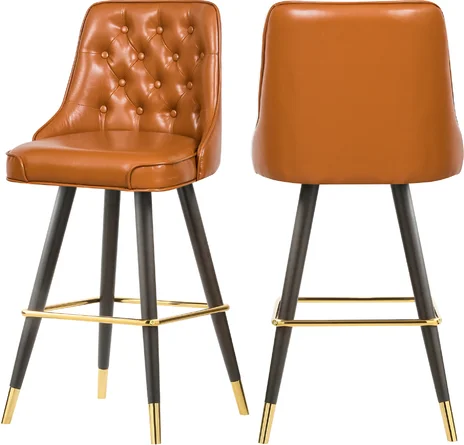
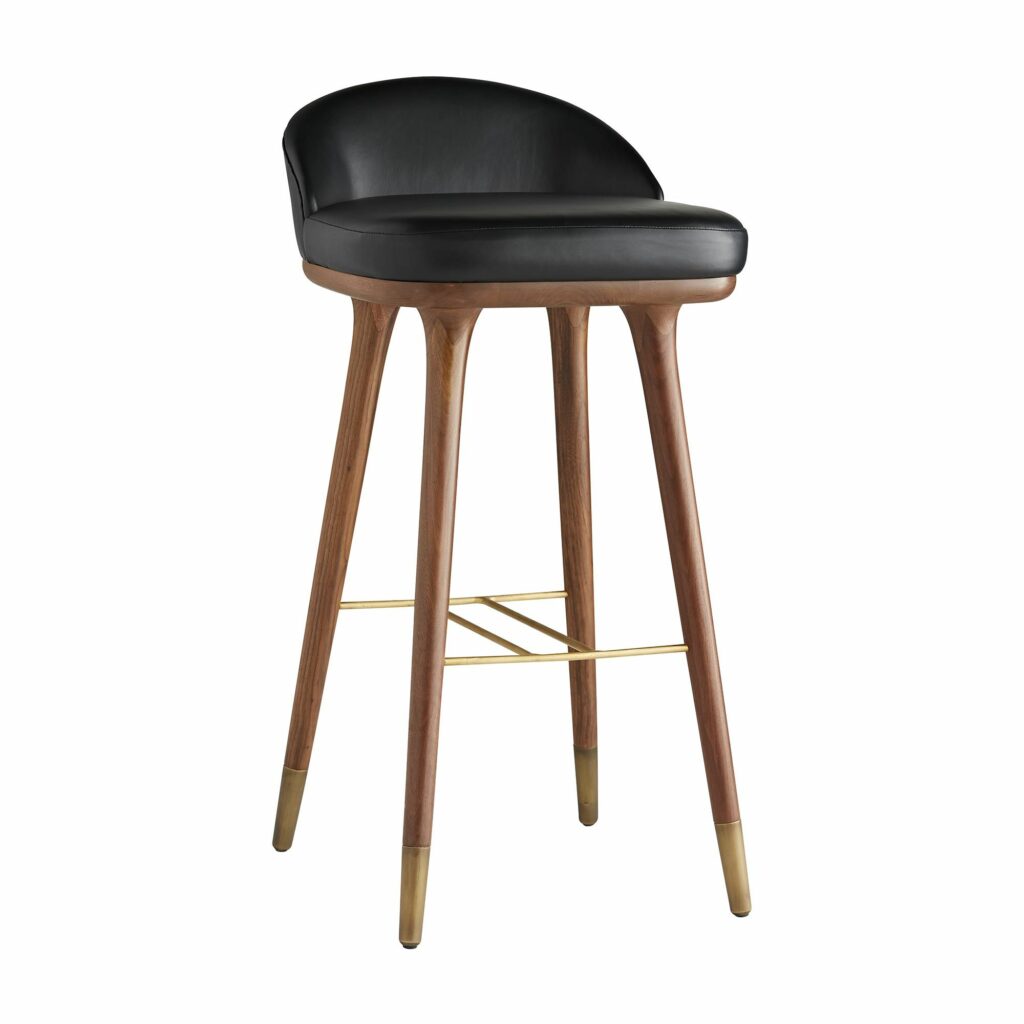
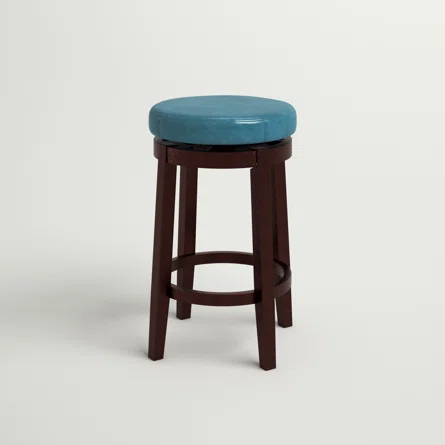
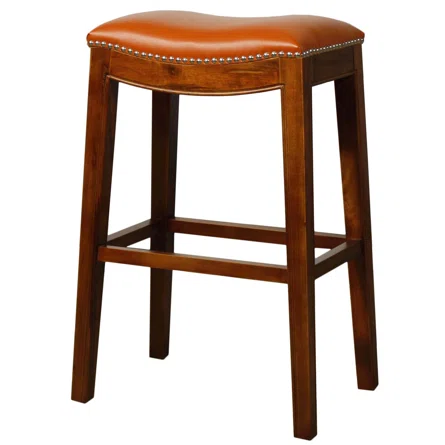
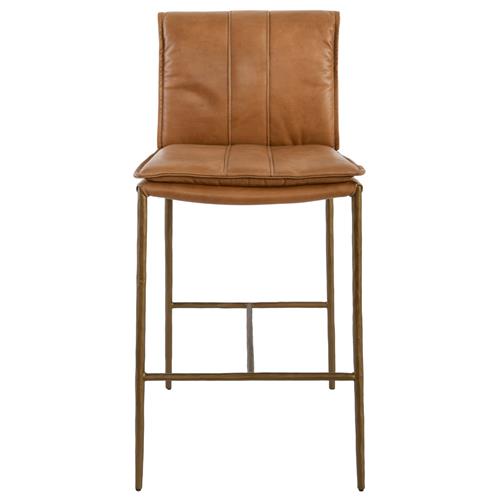
Upholstery vinyl will have a thicker coating of vinyl and heavier duty weave on the backside to endure heavy use and the wear and tear of a commercial environment. You will find most of these fabrics have a weight range between 500gsm to 750gsm or 14 ounces per square yard to 22 ounces per square yard.
If you are upholstering a bar stool for your home bar and want to save money you could use a material that is lighter weight, with the understanding that you are not going to get the same amount of wear and tear from a lighter weight material but you will most likely save significantly on the cost of the material and shipping.
Making a Spider-Man costume
If you are making a Spider-Man costume you want it to have a good amount of stretch to ensure it is form fitting. Purchasing a material that is four-way stretch (stretches both up and down and left to right) will ensure that the material can stretch to accommodate the movement and shape of the human body. However, the thicker the material the harder it will be to stretch it, but going too lightweight could lead to a material that has an unacceptable amount of transparency (you don’t want your naughty bits showing through on a tight-fitting costume).
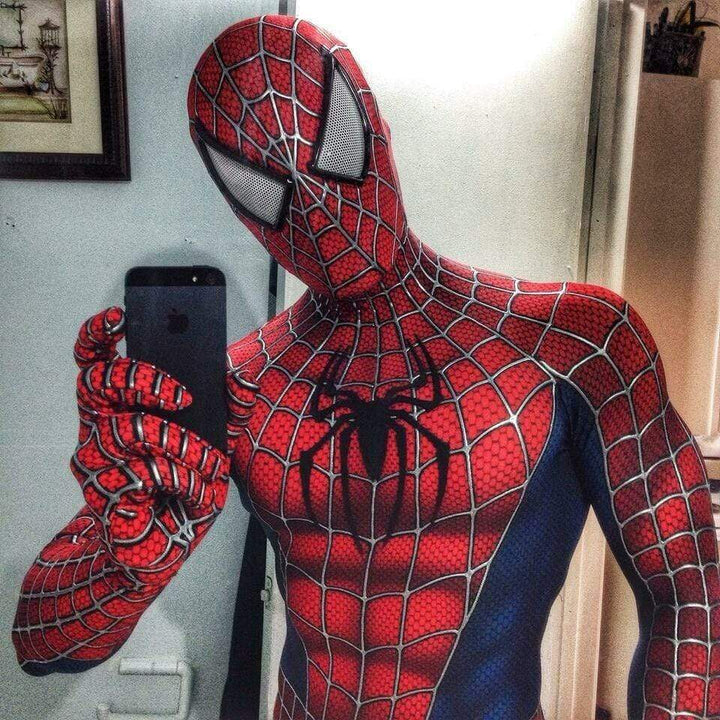
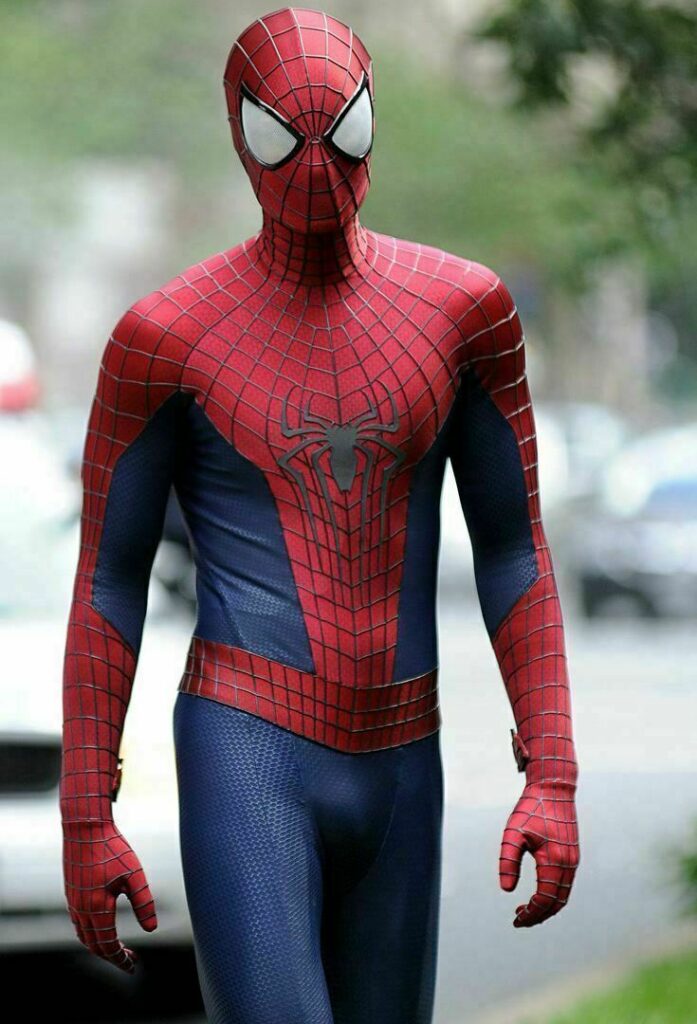


The recommended range for a material that will satisfy the above requirements would be somewhere between 170 gsm and 220 gsm. Armed with this knowledge you can get a better understanding for the fabric qualities that will satisfy your requirements. If you are comparing materials then assessing the fabric weight can help you choose which one would work best for your project. Do you prefer something a bit thicker / heavier weight, or do you prefer the thinnest / stretchiest option that you can find?
Nothing can replace the value of a physical sample (called a swatch), but if you time limits are short or you don’t want to pay for a sample, or you are okay with making a decision without one, then knowing and assessing the fabric weight can be incredibly helpful.


 Email App
Email App
No Comments